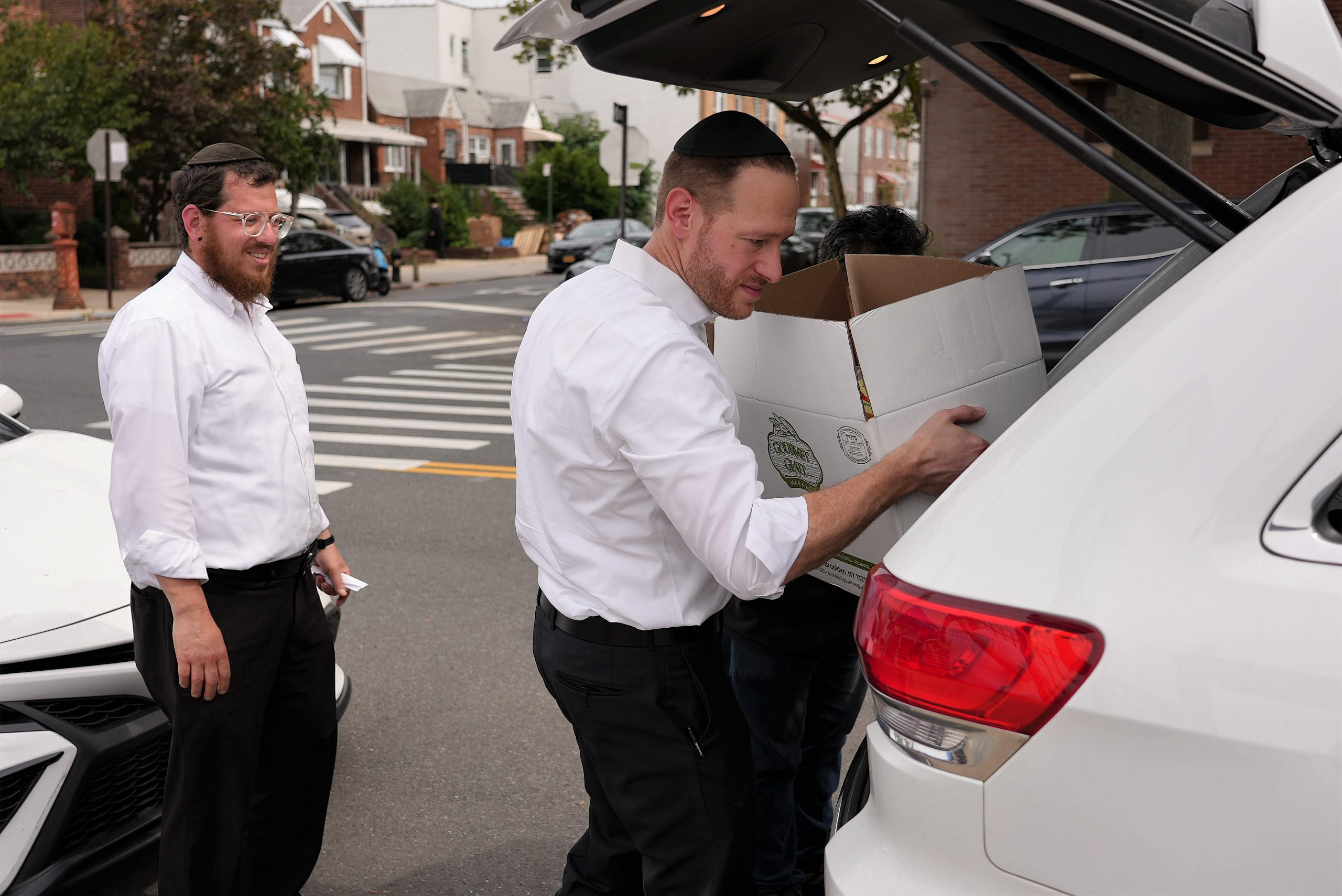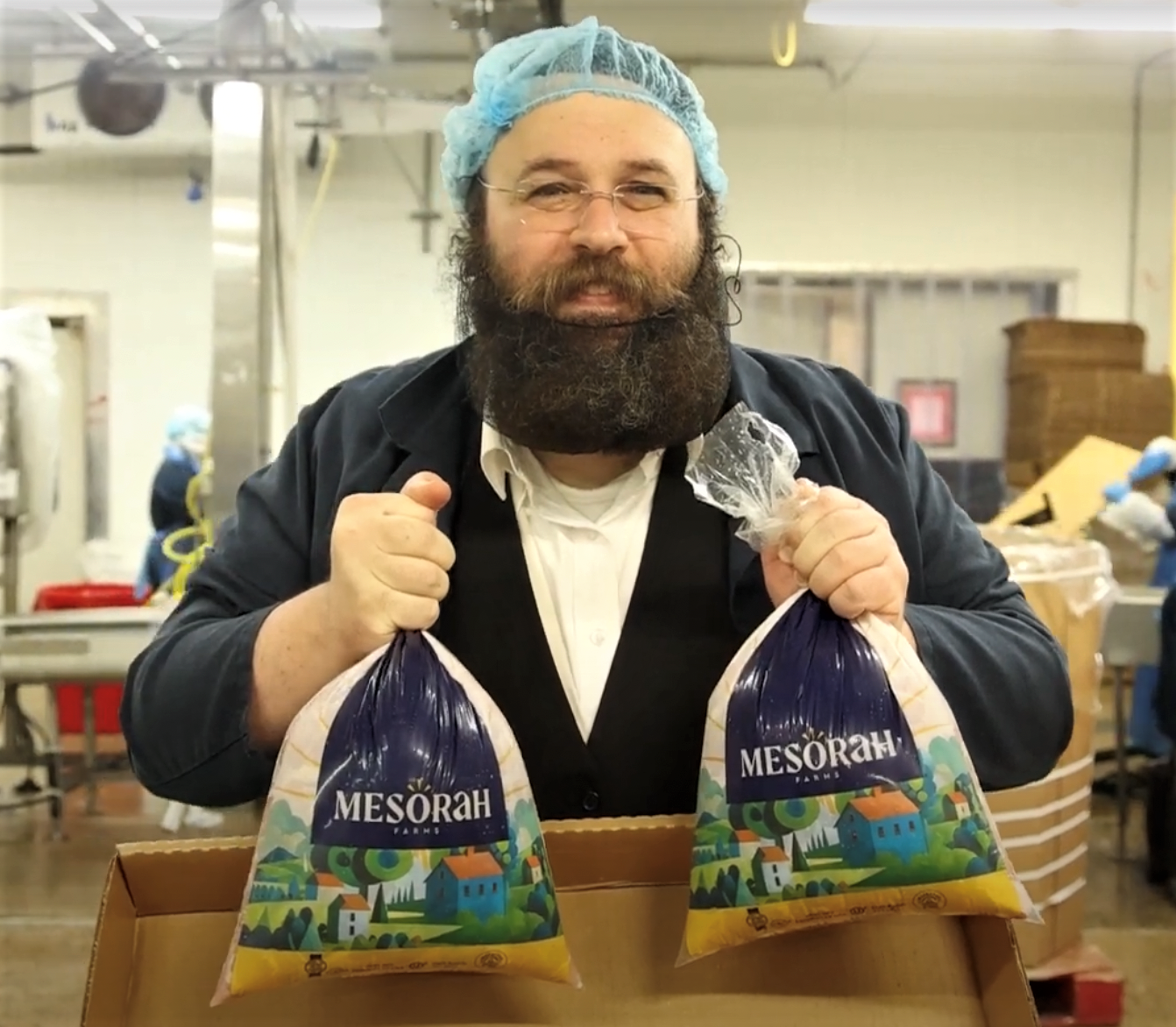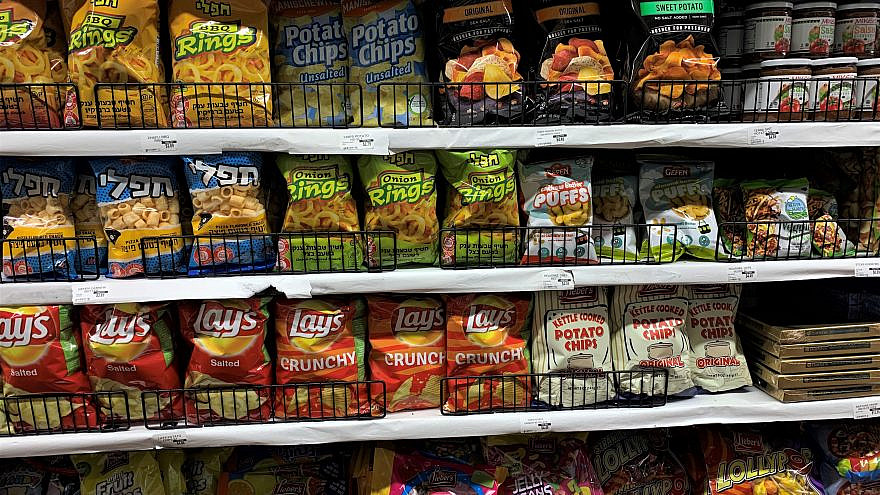A woman pushed her shopping cart down an aisle filled with Passover foods in a supermarket in northern New Jersey. She lifted a box of kosher-for-Passover soup mandle—a type of cracker—off the shelf and started to stack it with the rest of her groceries. Then she noticed the price tag.
“Five dollars for this?” she murmured aloud as she returned the container to the shelf.
This exchange last week in a supermarket that stocks a good number of kosher-for-Passover items is indicative of the challenging fiscal environment facing consumers and shop owners in the countdown to the holiday, which this year starts at sundown on April 5.
“It is more expensive this year than at any other time in our lifetimes, and that’s when you adjust for inflation and everything else,” says David G. Greenfield, CEO of Met Council, a New York-based Jewish charity. “It’s a wonderful holiday, but it’s bringing a lot of people stress this year, and what we are trying to do is blunt that stress.”

Menachem Lubinsky, founder of Kosher Today and the annual Kosherfest conference for the food industry, cites a number of factors for the high costs including supply-chain concerns and higher costs of basic staples at a time of inflation in the United States.
According to the February 2023 Consumer Price Index, food prices rose 0.4% last month and 9.5% from the year before.
Passover staples like potatoes and eggs are also markedly higher this year than last. The CPI found that potato costs were averaging 13.5% higher than in February 2022, while the price of eggs remains extremely high—more than 55% higher year to date—although the price is down somewhat from January 2023 where the actual costs were in some cases $6 a dozen. Chicken and meat costs are also up at nearly 4%.
Says Greenfield, “The direct-consumer impact is highest on foods that most people are buying for Pesach, for example, eggs are up depending on where you live depending 50-70%, and that’s a pretty important Pesach staple. I can’t think of a single Pesach, back when I was a kid, that eggs weren’t used in almost everything.”
Those costs are being felt by manufacturers as well. As Shani Seidman, chief marketing officer at Manischewitz explains, “Inflation impacts all food costs, whether it is during Passover or at any time. We try to keep our costs as low as possible despite inflation.”
‘Salaries not rising with food cost’
Liza Wiemer of Wisconsin has seen the impact of the higher prices as she’s started preparing for the holiday.
“I spent $1,000 at Jewel-Osco—almost all of it for Pesach—and that was keeping in mind that only our eldest son, his wife and their newborn baby would be joining us,” she says. “It’s a lot of money, but I’m resigned to the fact that this is what it costs.”
While she found some of the needed items on sale, “there were certain items I didn’t purchase because it seemed too extravagant,” she says. “Pesach or not, there is no doubt a lot of the staples I use rose in price.”
For those who are already struggling to meet the general increase in food prices this year, holiday costs, which are always higher to begin with, create an even greater challenge.
Rachel Krich, executive director of Project Ezrah, an organization in northern New Jersey that seeks to help families in crisis, has already received requests for help with purchasing items for the holiday.
“There’s a lot of general anxiety going into Pesach this year,” states Krich. “People are saying they are in serious financial situations, and their regular food budget simply will not cut it. If you budget X for your regular food budget, Pesach is 2 times X. It just knocks people out because salaries are not rising with the increasing food costs.”
Project Ezrah provided 25 families with funds last year to help them with Passover food costs. This year, the organization has already had “30 applicants, and we haven’t even advertised the program yet.”
She adds that those who are requesting aid are coming from areas that are considered more financially secure than other parts of the community.

‘Our job is to make sure that people have food’
Alexander Rapaport, executive director of Masbia, a kosher food pantry that serves meals to people in parts of Brooklyn and Queens, N.Y.—New York City being the epicenter of kosher food in the United States, though similar trends take place in major urban markets throughout the country—estimates that his organization will spend nearly $1.5 million to feed at least 10,000 families.
“Our job is to make sure that people have food,” he says. “We need to get the most volume so it results in more people being fed.”
Those calculations may impact what Masbia can offer as part of its boxed food deliveries. (Masbia also runs a soup kitchen, where people can get a fresh, hot meal.) Last year, Rapaport placed an order for chicken in December, well in advance of Passover to get the best prices. However, when he contacted suppliers this time around, either no one had it or the price was too high.
For a while it looked like Masbia would not be able to offer chicken, but last week he got a good deal on poultry from Mesorah Farms and was able to secure a tractor-trailer’s worth to feed families in need. As of now, eggs are still off the menu; however, Rapaport is hopeful that closer to the start of Passover, they will be able to get a good deal at the last minute.

Met Council, which will be providing kosher-for-Passover food for more than 225,000 people through 200 distribution sites in New York and New Jersey, was able to secure a gift of $500,000 worth of eggs from Deb El Foods. The gift comes as the overall donations to the organization’s Passover campaign are down.
“When people have less to spend, they will give less to charity,” says Greenfield, noting that donations are down about 10% or about a million dollars less than last year while stomaching a 13% increase in wholesale food costs.
The net result is that while they are feeding more people, they will have fewer items to give out. “We won’t turn anyone away, we won’t stop giving, and we will make sure our pantries are full,” declares the Met Council CEO.
While some believe that prices are artificially inflated at Passover—by far the most expensive Jewish holiday cost-wise when it comes to food—to the tune of more than $2 billion in sales, Lubinsky says that is not the case.
“Ninety percent of retailers go out of their way to keep their prices down because they are dealing with loyal consumers who shop their store all year round,” he states. “I even know stores that don’t pass on the whole increase to their consumers.”

‘There is a ton of waste’
If that’s the case, then why then does Passover food cost more, even if anecdotally?
Lubinsky names several reasons. One, some factories need to shut down a production line to accommodate changes to the way items are made for Passover, which raises costs. In other cases, a manufacturer may need to hire additional delivery trucks or arrange for more kosher supervisors to handle the increased demand for Passover food.
Those who make it a point to eat round, handmade shmurah matzah (specially “guarded” to make sure that no fermentation has occurred during the milling, making and baking process) during the holiday are being further challenged by the closure of one of the major suppliers, the Brooklyn-based Shatzer Matzos.
Lubinsky estimates that Shatzer controlled an estimated 18% of the shmurah matzah market. “Other matzah bakeries say they will be able to produce enough to fill the gap, but they are going to have to charge more because the cost of labor is up, and it’s hard to find workers for these factories.”
Krich has personally noticed the higher cost of shmurah matzah. While she can find it in most stores in her New Jersey neighborhood for about $20 a pound, her family in Los Angeles can’t find any for under $40.
Regardless of where people live or how much money they put aside for holiday purchases, the key to spending less on Passover starts with a budget, says Stacey Zrihen, a financial planner and lay leader for Living Smarter Jewish, a division of the Orthodox Union.
“Then create a list and have a menu. Don’t go shopping just to browse and pick up things that ‘look good,’ ” she advises. “Get everyone involved in planning the meals. If you are having guests and they say ‘What can I bring?’ it’s OK to ask them to contribute a side dish or fruit plate.”
On Passover, notes Zrihen, “there is a ton of waste. We buy too much, we cook too much. The answer isn’t to not buy meat or chicken, it’s to buy only what you need and know what are the ‘extras.’ ”


























